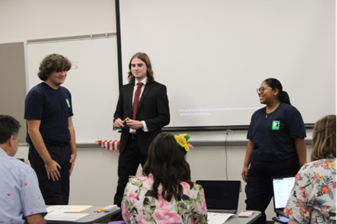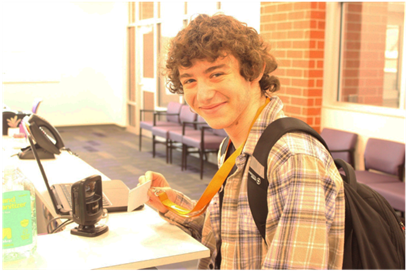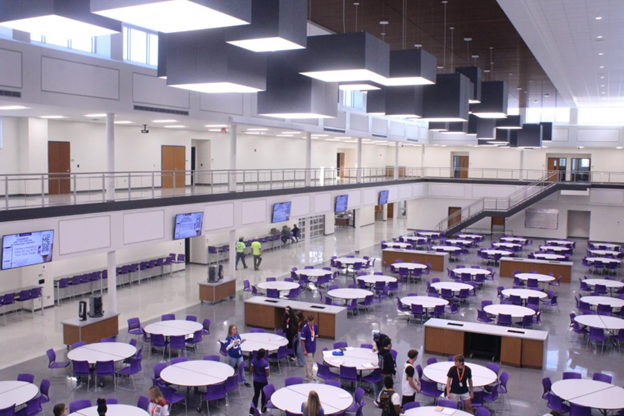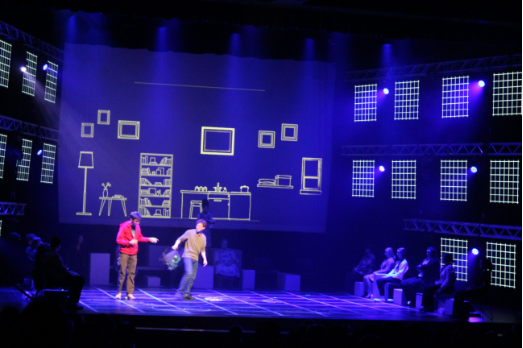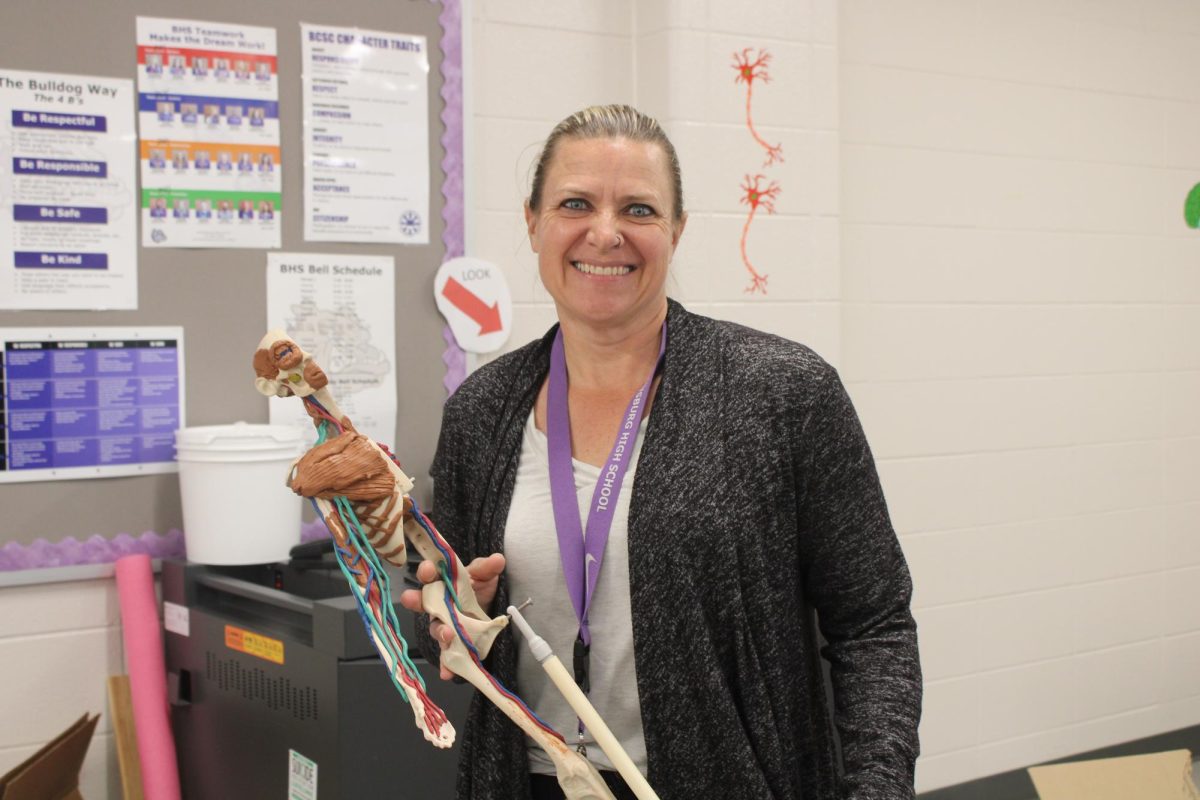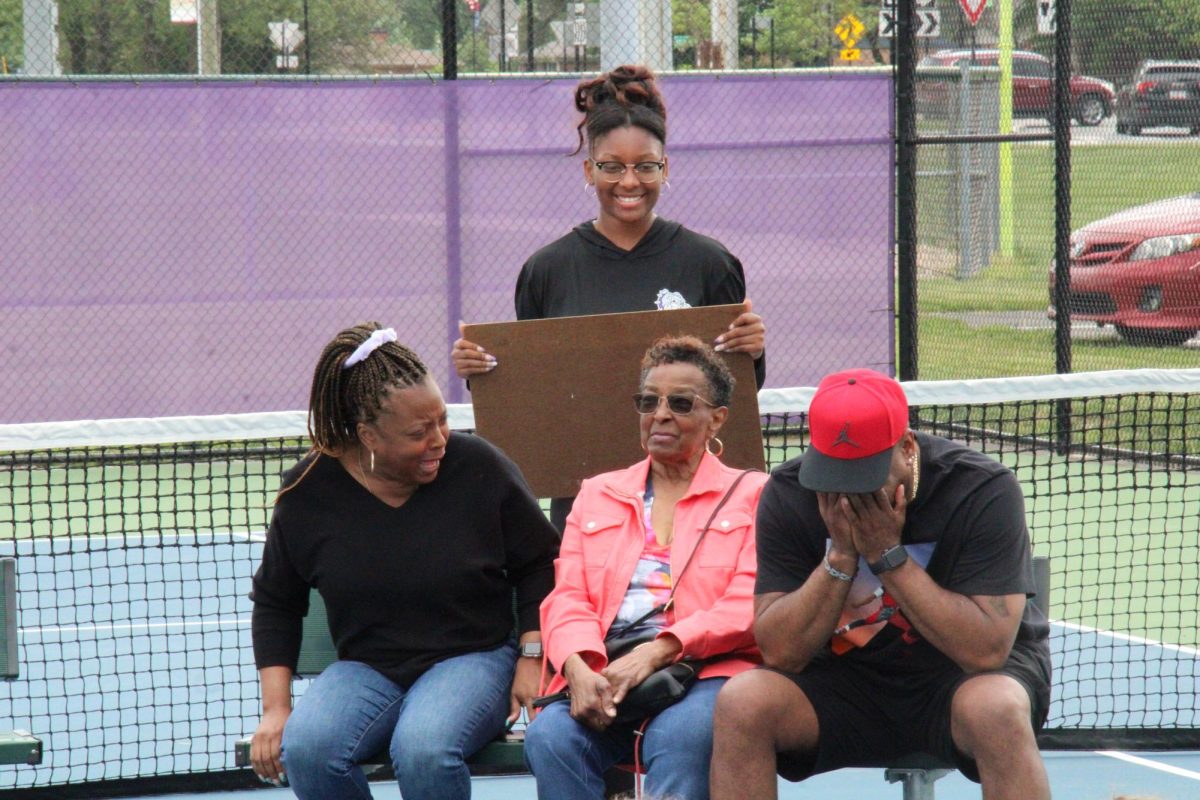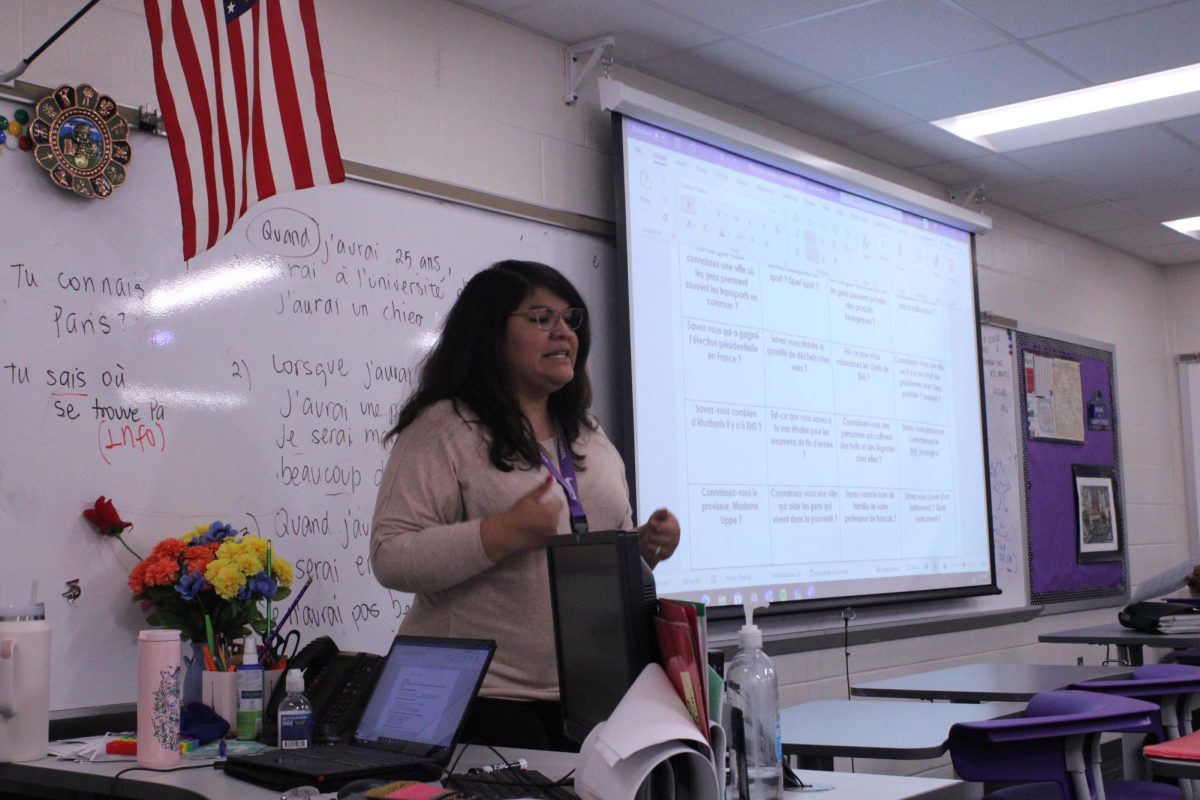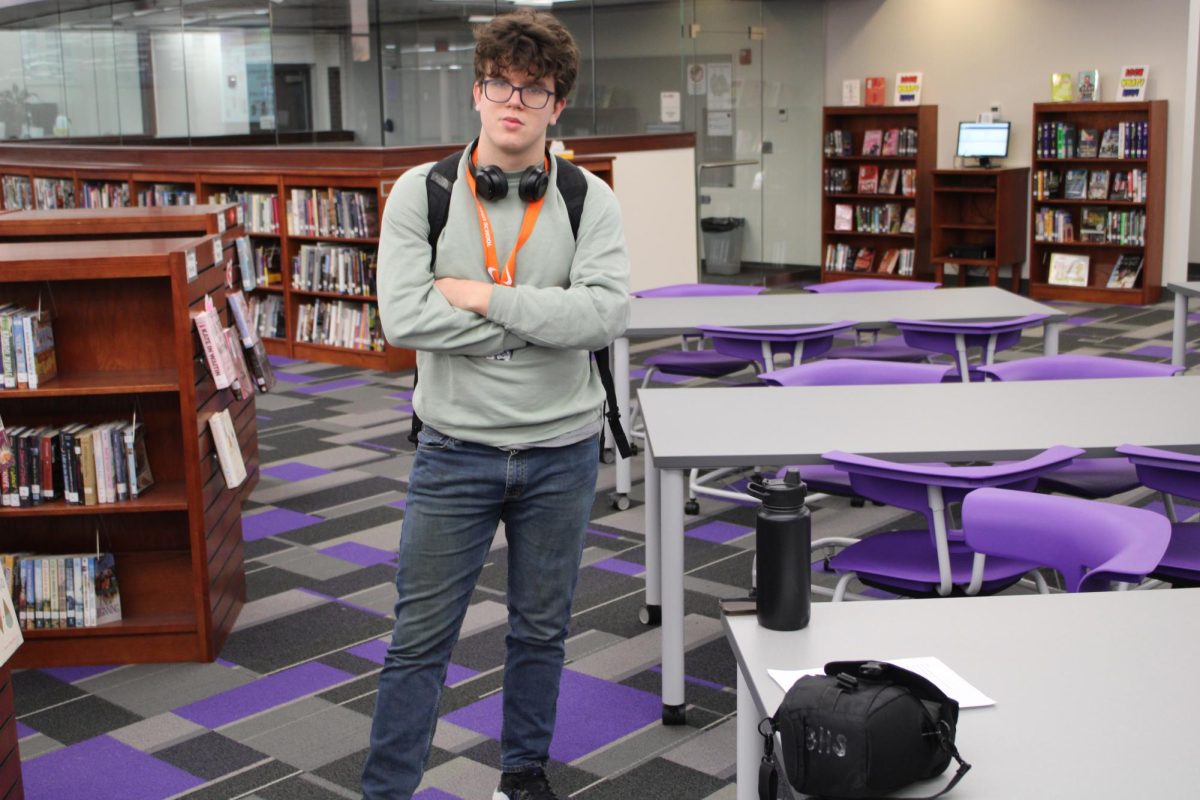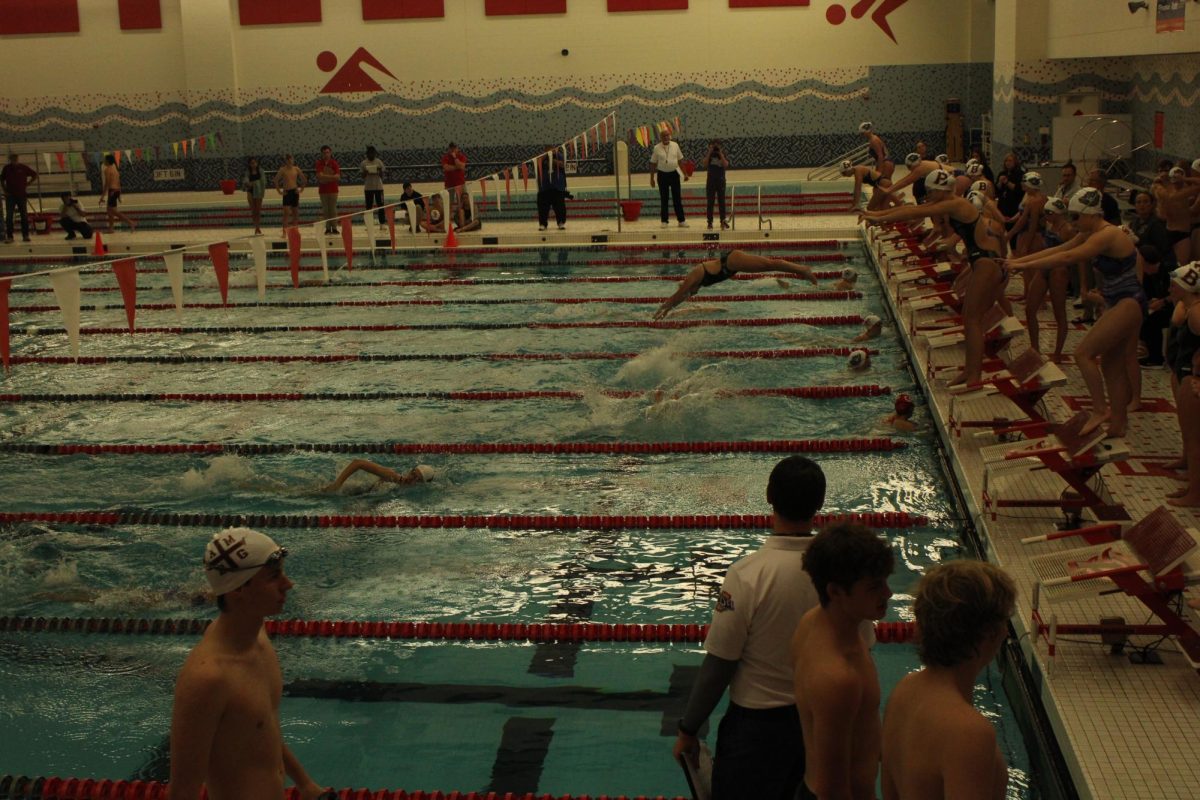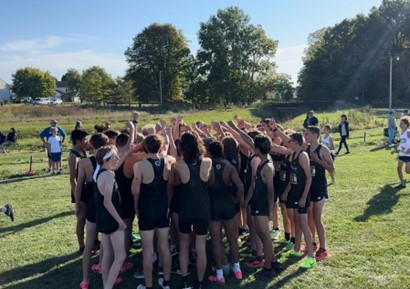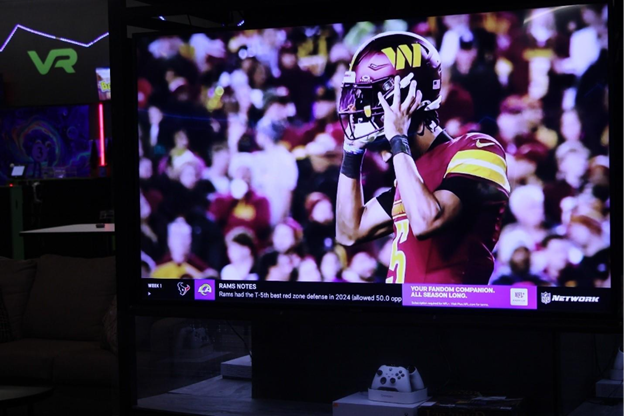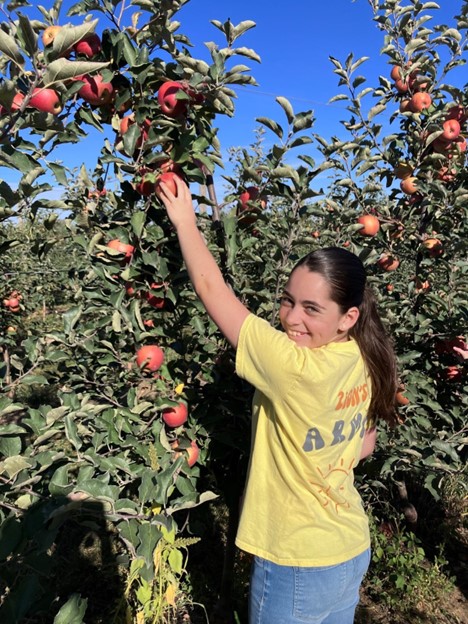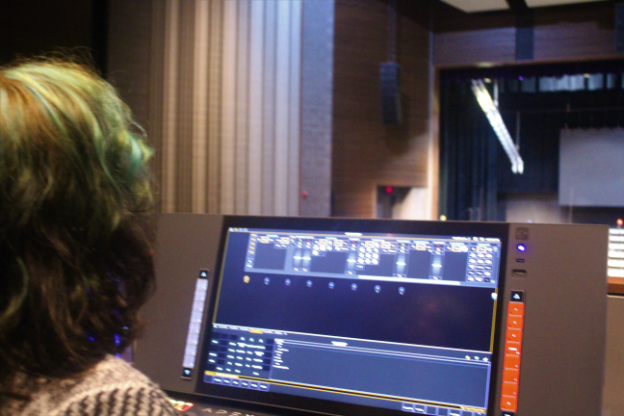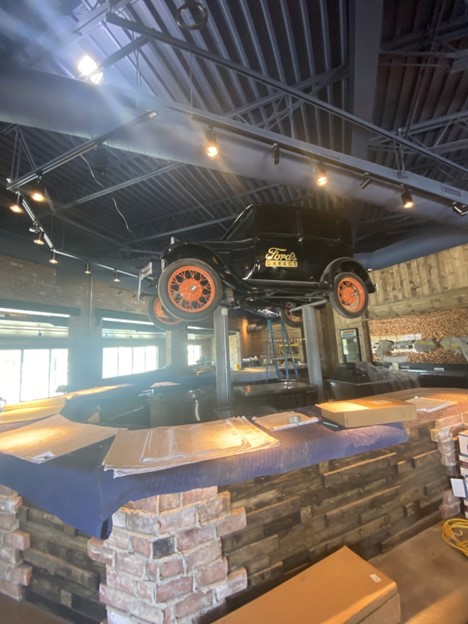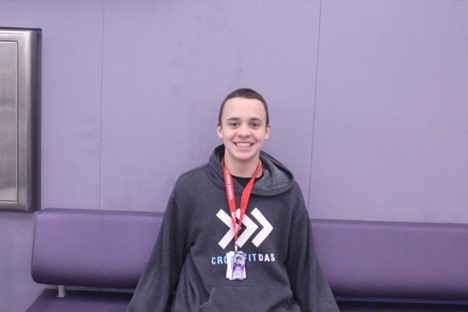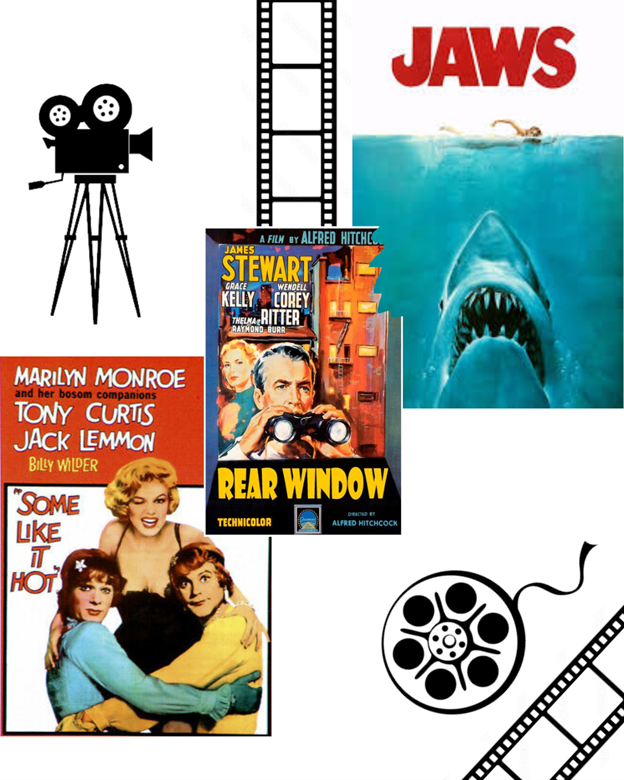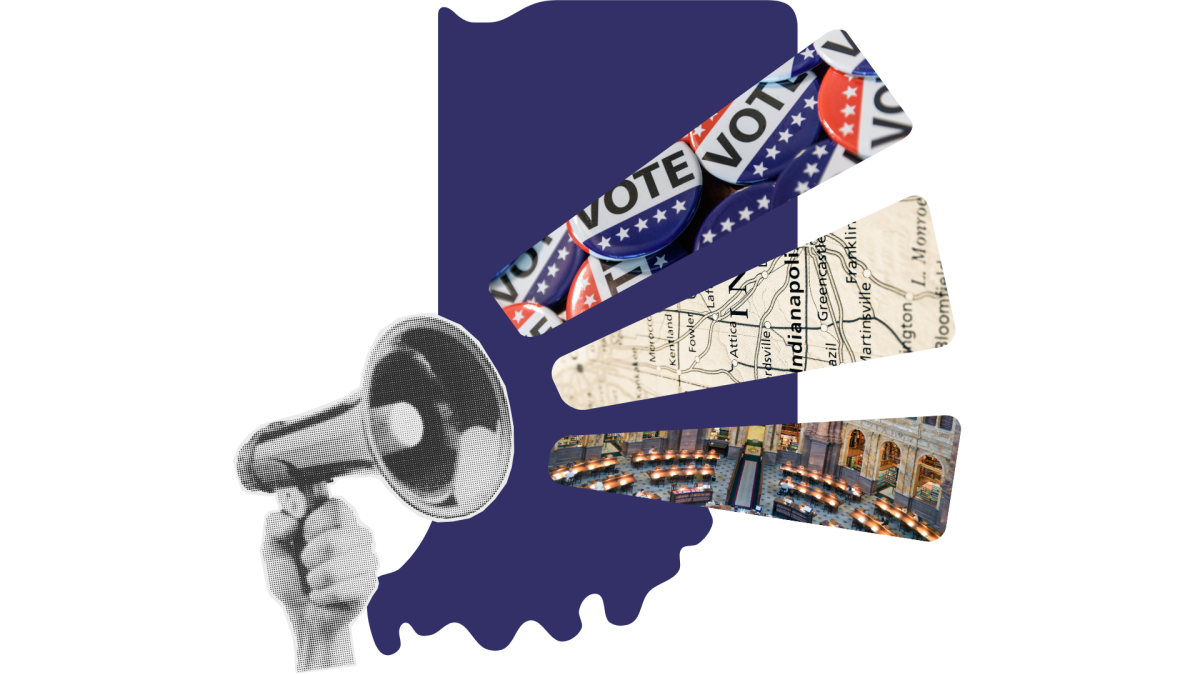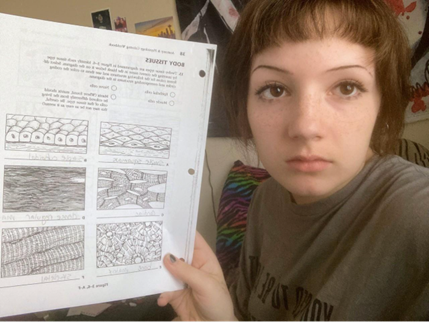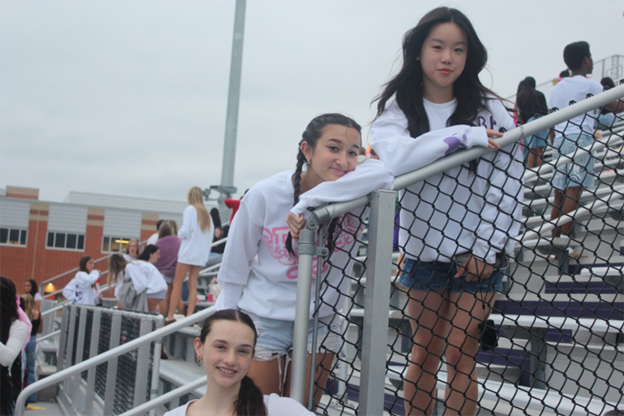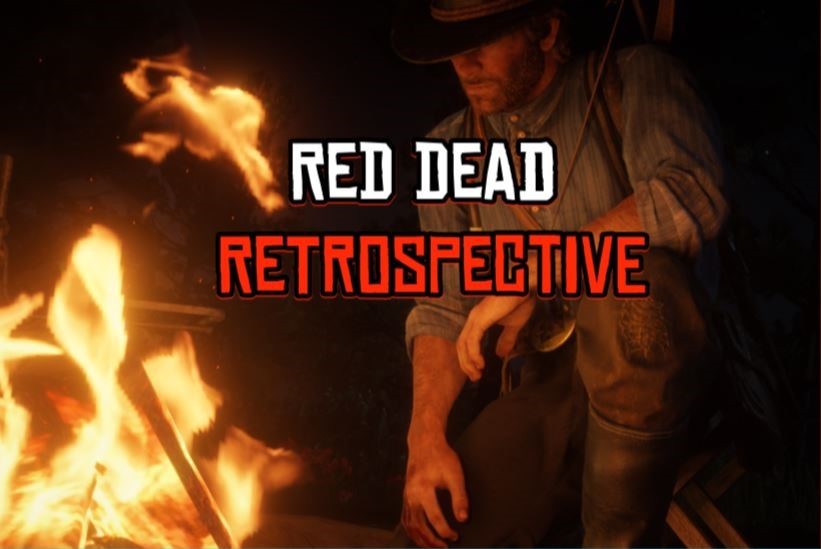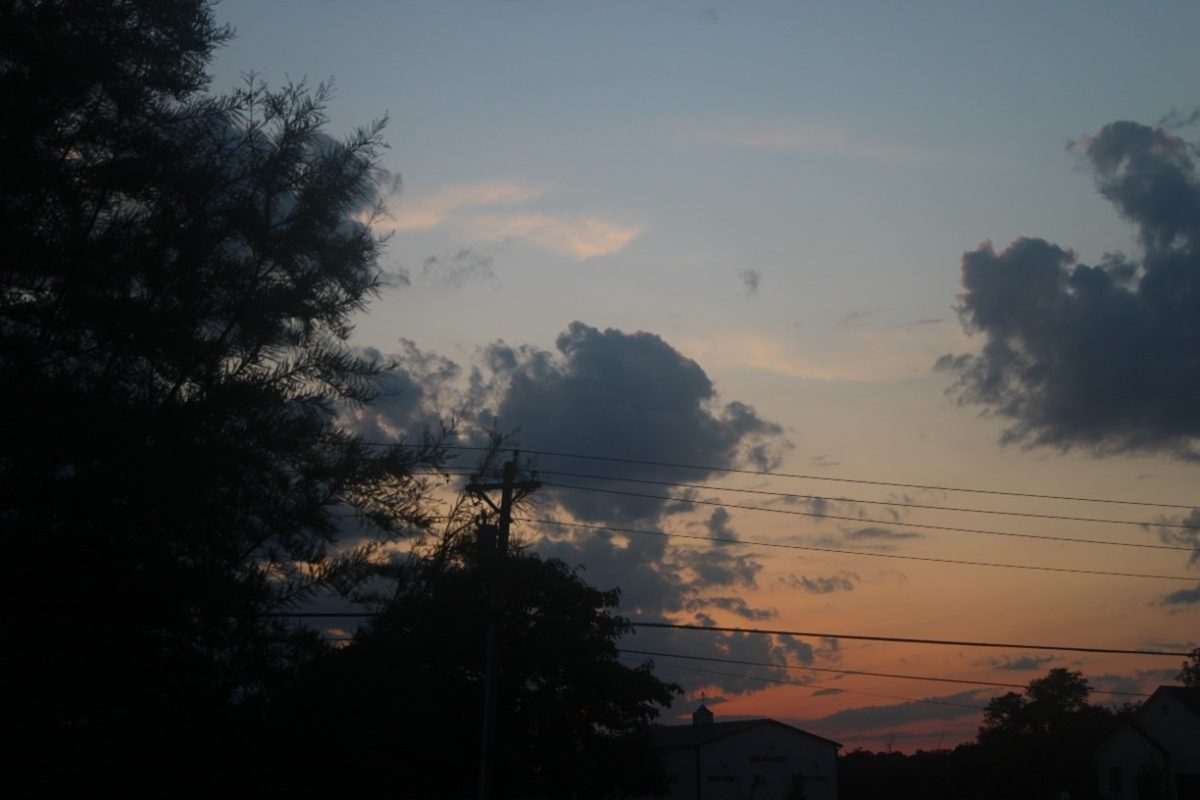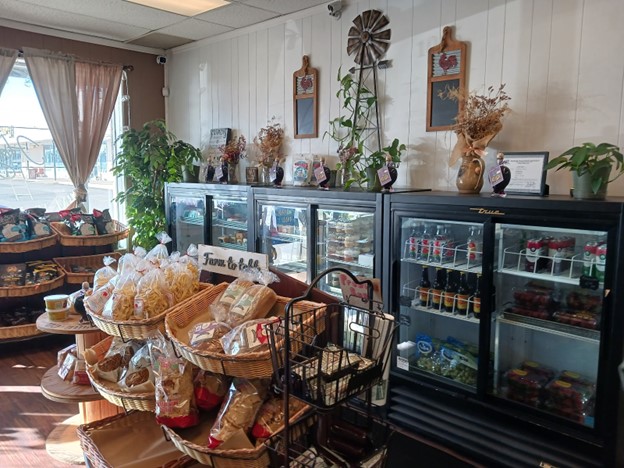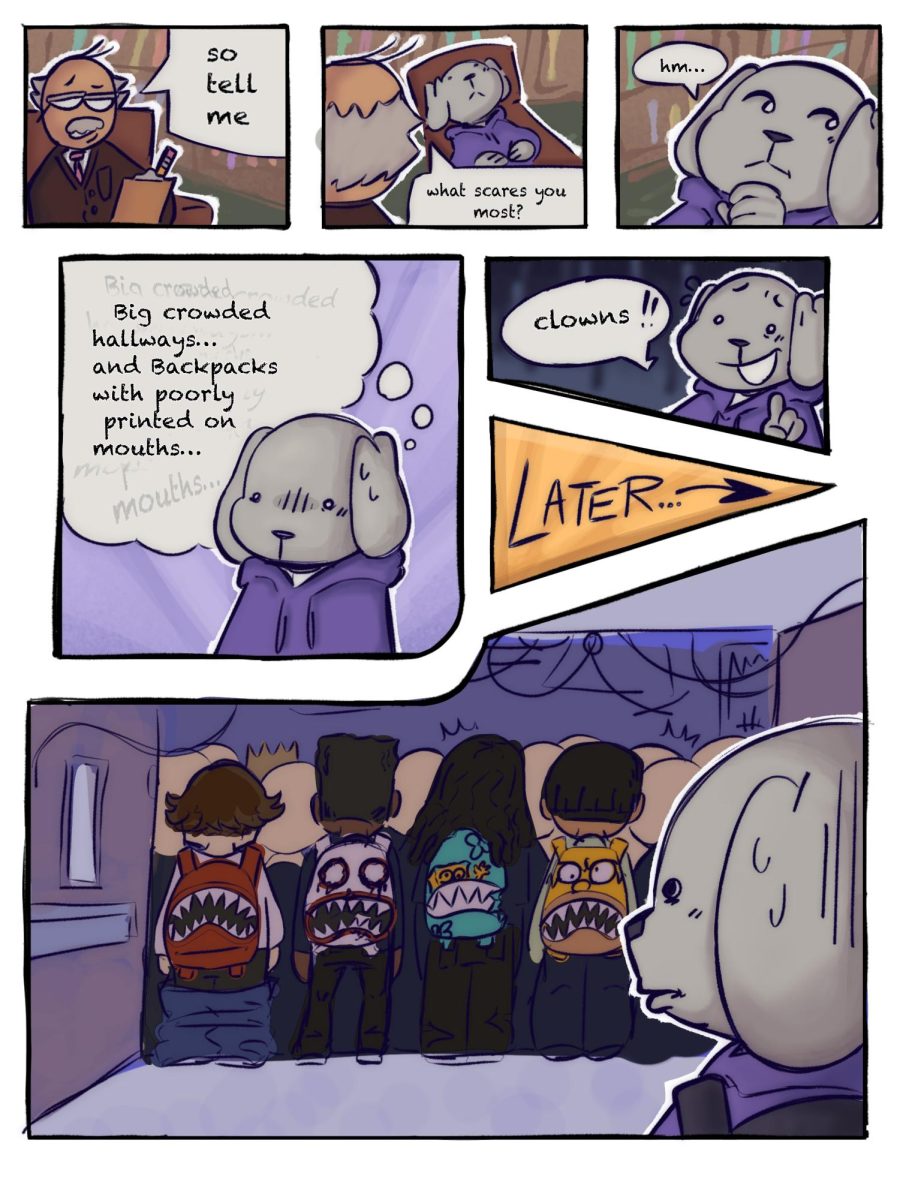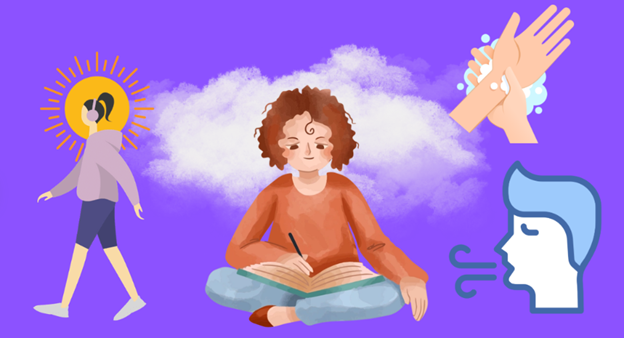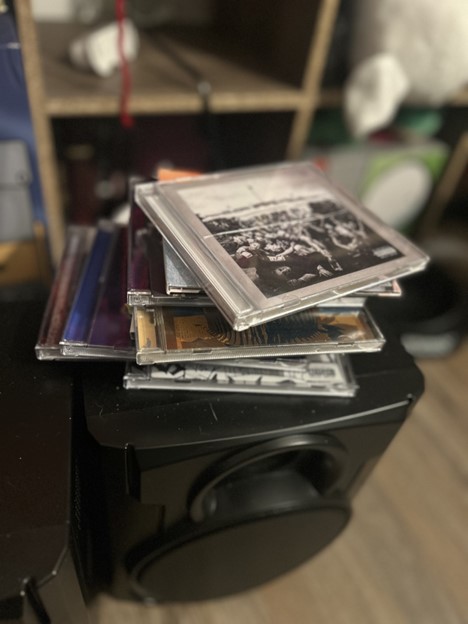Where do you go after leaving your home and then school? What do you call a safe space? A space to socialize, relax and study. Places such as the library, coffee shops and community centers are public places where people can socialize and build community outside of their house and school. These spaces are called third spaces.
American sociologist Ray Oldenburg coined the concept of third spaces, which describes places outside of the home and the workplace where people go to converse with others. Third spaces often affirm the community that people are in, build their identities and help them connect with community. For some, these spaces can foster a sense of belonging, reducing loneliness and promoting engagement. However, these spaces are disappearing.
“For decades, Americans reported spending about 6.5 hours a week with friends. But from 2014 to 2019, it suddenly dropped by 37%, to four hours a week,” said Business Insider.
The disappearance of third spaces is due to many reasons such as the rise of social media, rising costs, urban planning and social distancing during the COVID-19 pandemic. All these reasons have had some sort of impact on the fadeaway of third spaces as people, specifically teenagers, do not seek out community, thus feeling a lesser sense of community and belonging. However, any given location has the potential to be a third space.
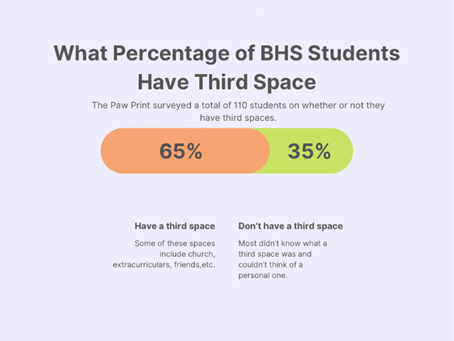
“My third space is Chipotle because it’s like my home away from home,” junior Ava Vashistha said.
The loss of third spaces is not acknowledged due to a feeling of helplessness in one’s community. People might feel that no one is missing their presence within a certain space and so they don’t seek out community, which then pushes others to do the same.
“My car is my safe space because it only has two doors, which means I can only let someone I have special bond with into it,” junior Anna Pierce said.
Many students cannot seek out third spaces due to feeling overwhelmed with schoolwork, however third spaces are avenues to relieve stress. A third space can be truly anywhere in the community, places such as parks, libraries, cafes, etc. are good examples of potential third spaces. Make the most of spaces that already exist or create one for yourself and others.
“Whenever I get deep into a book, my third space is the world the book is in,” freshman Emma Jackman said.
In order to find a third space start by identifying an interest and activity you enjoy such as a hobby or a sport, then search online for neighborhood activities or groups that fit your interests or try out a new activity. People can even create a community of people interested in the same things. All these actions can help you determine where your third space is, whether it’s a book club, a car or even Chipotle.
